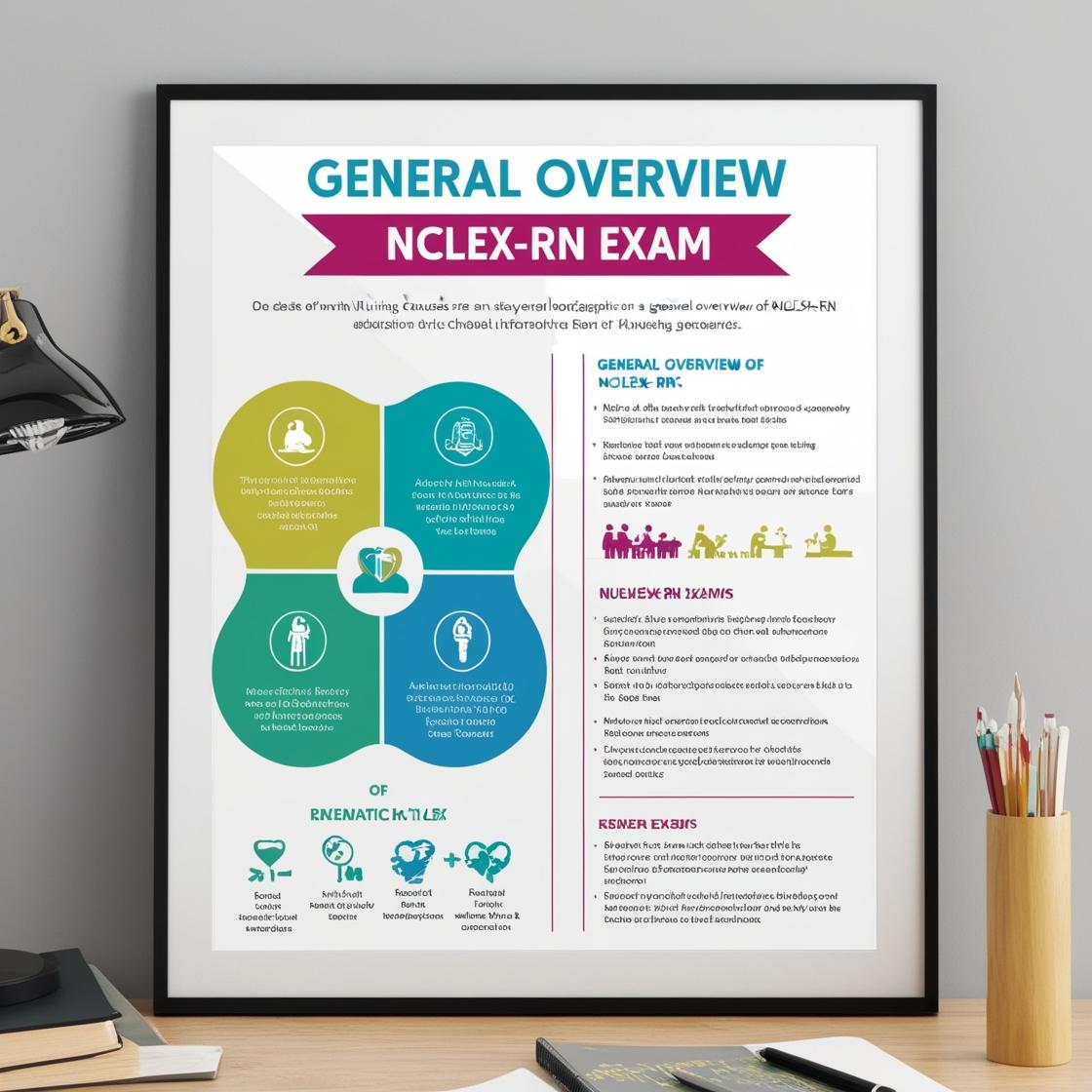NCLEX-RN
NCLEX Psychosocial Integrity Questions
1. A female adolescent has anorexia nervosa and is malnourished and severely underweight. Which statement indicates that she is experiencing secondary gains from her behavior?
- A. "I'm huge; I'm as big as a house."
- B. "I get straight A's in all my subjects."
- C. "My mother keeps trying to get me to eat."
- D. "My hair is beginning to fall out in clumps."
Correct answer: C
Rationale: The statement "My mother keeps trying to get me to eat" indicates that the adolescent is experiencing secondary gains from her behavior. This is because the behavior has garnered attention from her mother, providing a sense of power and control, which are considered secondary gains. The statement "I'm huge; I'm as big as a house" reflects a disturbed body perception and is not related to secondary gains. Getting straight A's in all subjects is an achievement but not a secondary gain related to anorexia nervosa. The hair falling out in clumps is a physical consequence of starvation, not a secondary gain.
2. Which response would the nurse make at lunchtime to a client who is sitting alone with the head slightly tilted as if listening to something?
- A. "I know you're busy, but it's lunchtime."
- B. "Are the voices bothering you again?"
- C. "Get going; you don't want to miss lunchtime."
- D. "It's lunchtime; I'll walk with you to the dining room."
Correct answer: D
Rationale: The statement, "It's lunchtime; I'll walk with you to the dining room," demonstrates setting limits and providing support. Hallucinations can be frightening, and the nurse's presence offers support and reality without focusing on the hallucination directly. Choice A, "I know you're busy, but it's lunchtime," does not recognize the client's need for support and direction. Choice B, "Are the voices bothering you again?", makes a judgment without sufficient evidence and overly focuses on the hallucination, failing to address the client's need for support and direction. Choice C, "Get going; you don't want to miss lunchtime," does not acknowledge the client's need for reality, support, and direction, and may come across as threatening.
3. Which nurse statement defines boundaries in the orientation phase of the nurse-client relationship when talking to a depressed client who has just been admitted to the psychiatric unit?
- A. ''Tell me about the relationship that you have with your mother and father.''
- B. ''Hello! I'm Nurse Andrea. I'll introduce you around and help you settle in.''
- C. ''What is the main thing that you would like to work on during therapy?'
- D. ''I understand that you have been depressed. What can you tell me about that?'
Correct answer: B
Rationale: In the orientation phase of the nurse-client relationship, setting boundaries involves establishing the nurse's role and responsibilities while maintaining a professional distance. Option B demonstrates a clear boundary by introducing the nurse and offering assistance with settling in, which is appropriate for the initial phase of building rapport with the client. Choices A, C, and D delve into personal or therapeutic topics that are more suitable for the working phase of the relationship when the client's goals and problems are being addressed. Asking about the client's family relationships (Choice A), therapy focus (Choice C), or delving into the client's depression (Choice D) would be more relevant in later stages of the therapeutic process, once trust and rapport have been established during the orientation phase.
4. A client who is newly diagnosed with multiple sclerosis is obviously upset and asks, 'Am I going to die?' Which response would the nurse make?
- A. Most individuals with your disease live a normal life span.
- B. Is your family here? I would like to explain your disease to all of you.
- C. The prognosis varies, as most individuals have remissions and exacerbations.
- D. Why don't you speak with your health care provider to get more details?
Correct answer: C
Rationale: The most appropriate response to the client's question regarding their prognosis is to acknowledge the variable nature of multiple sclerosis by stating that 'The prognosis varies, as most individuals have remissions and exacerbations.' This response provides realistic information while offering some hope. Choice A ('Most individuals with your disease live a normal life span.') gives false reassurance as repeated exacerbations may affect life span. Choice B ('Is your family here? I would like to explain your disease to all of you.') does not directly address the client's question and involves the family unnecessarily. Choice D ('Why don't you speak with your health care provider to get more details?') deflects the responsibility and does not address the client's immediate concerns about their prognosis.
5. Your patient has been confused for years. Your patient can be best described as having a chronic ___________ disorder.
- A. physical
- B. psychotic
- C. thinking
- D. palliative
Correct answer: C
Rationale: Patients who experience long-term confusion often have a chronic thinking, or cognitive, disorder. Alzheimer's disease is a prime example of a disorder that results in prolonged confusion and memory loss. Choice A, 'physical', is incorrect as the issue described is related to cognitive functioning, not physical health. Choice B, 'psychotic', refers to a severe mental disorder characterized by a loss of contact with reality, which is not the primary issue presented in the scenario. Choice D, 'palliative', is not relevant as it pertains to specialized medical care for individuals with serious illnesses, focusing on providing relief from symptoms and stress rather than managing chronic confusion.
Similar Questions

Access More Features
NCLEX RN Basic
$69.99/ 30 days
- 5,000 Questions with answers
- Comprehensive NCLEX coverage
- 30 days access @ $69.99
NCLEX RN Premium
$149.99/ 90 days
- 5,000 Questions with answers
- Comprehensive NCLEX coverage
- 30 days access @ $149.99
